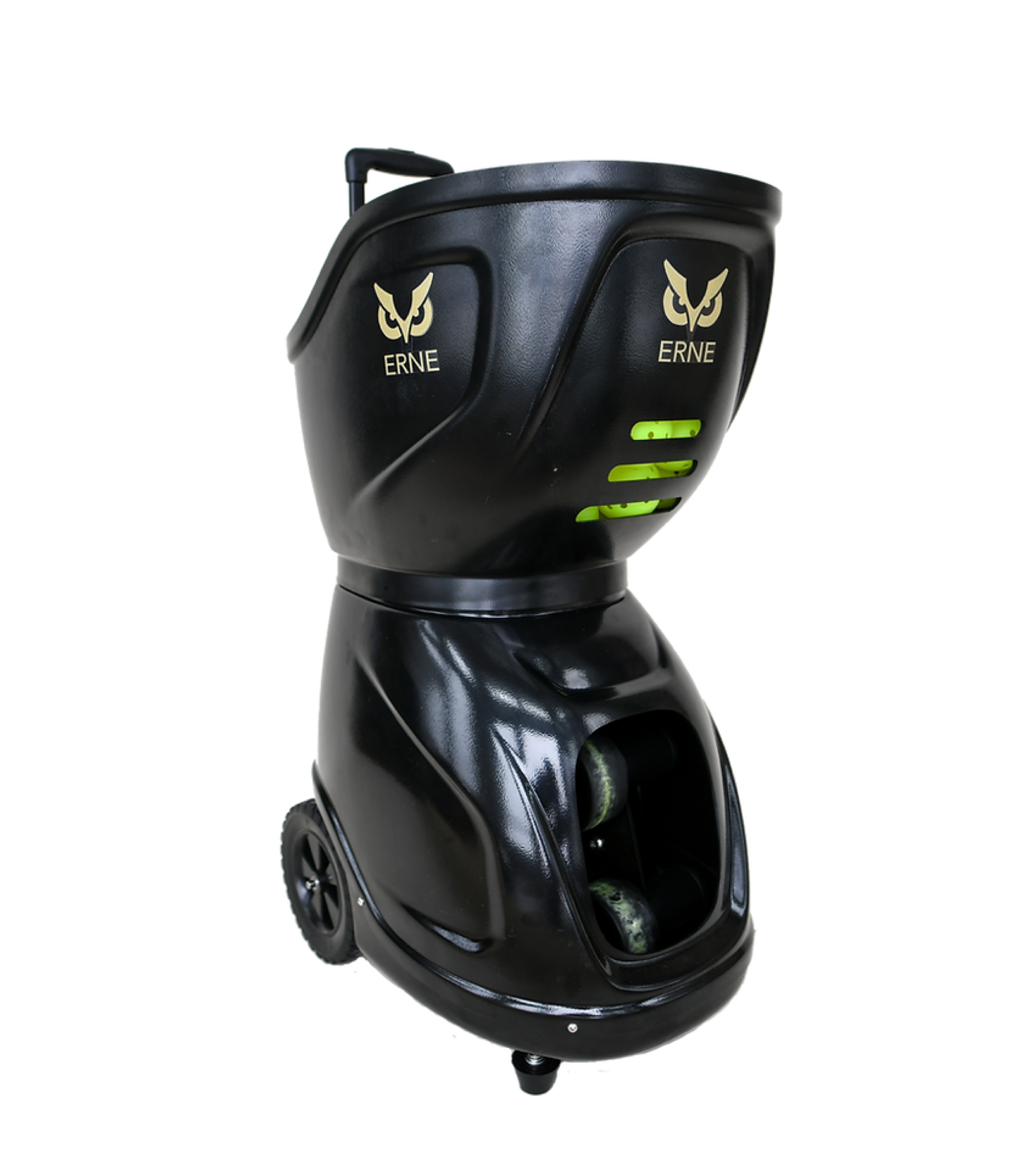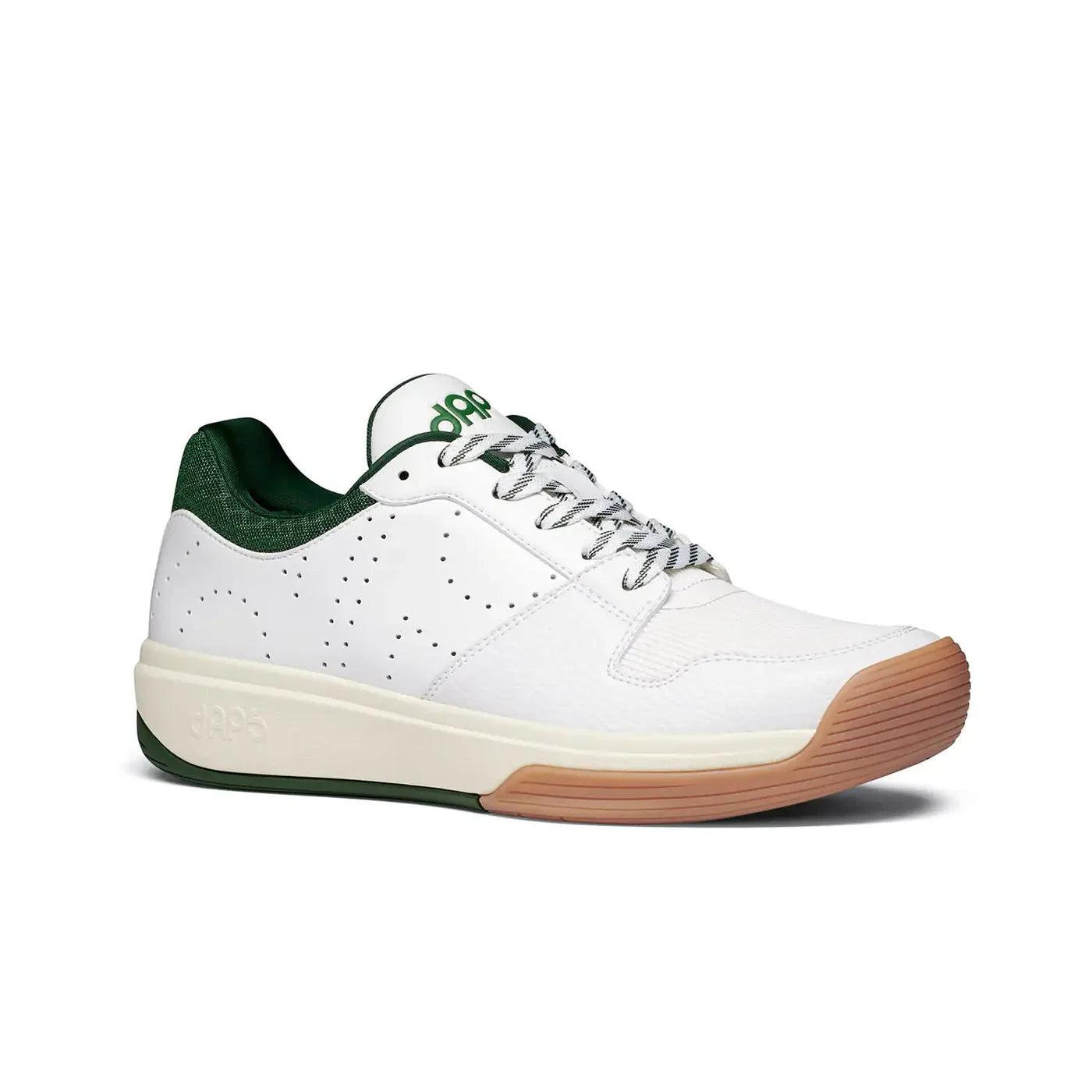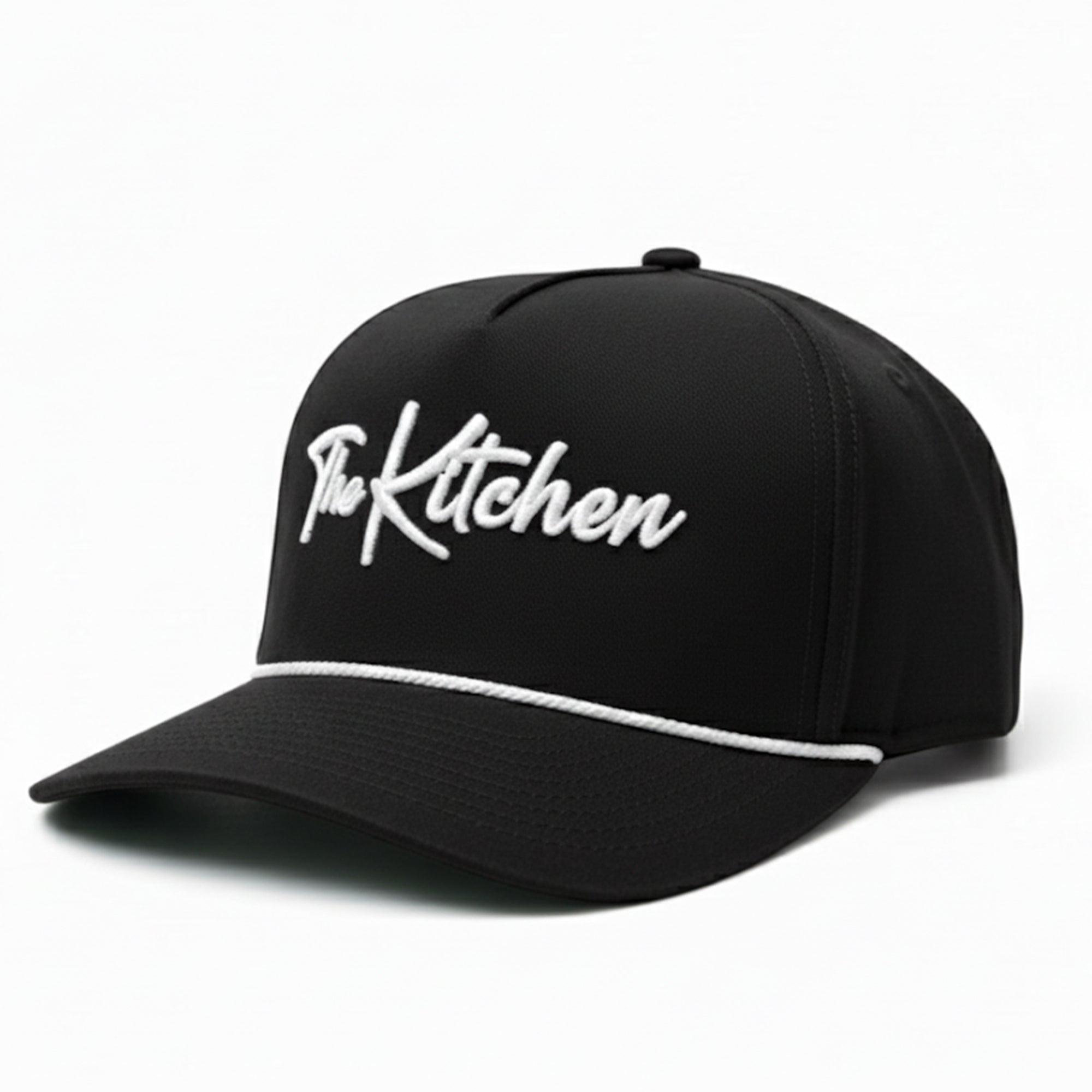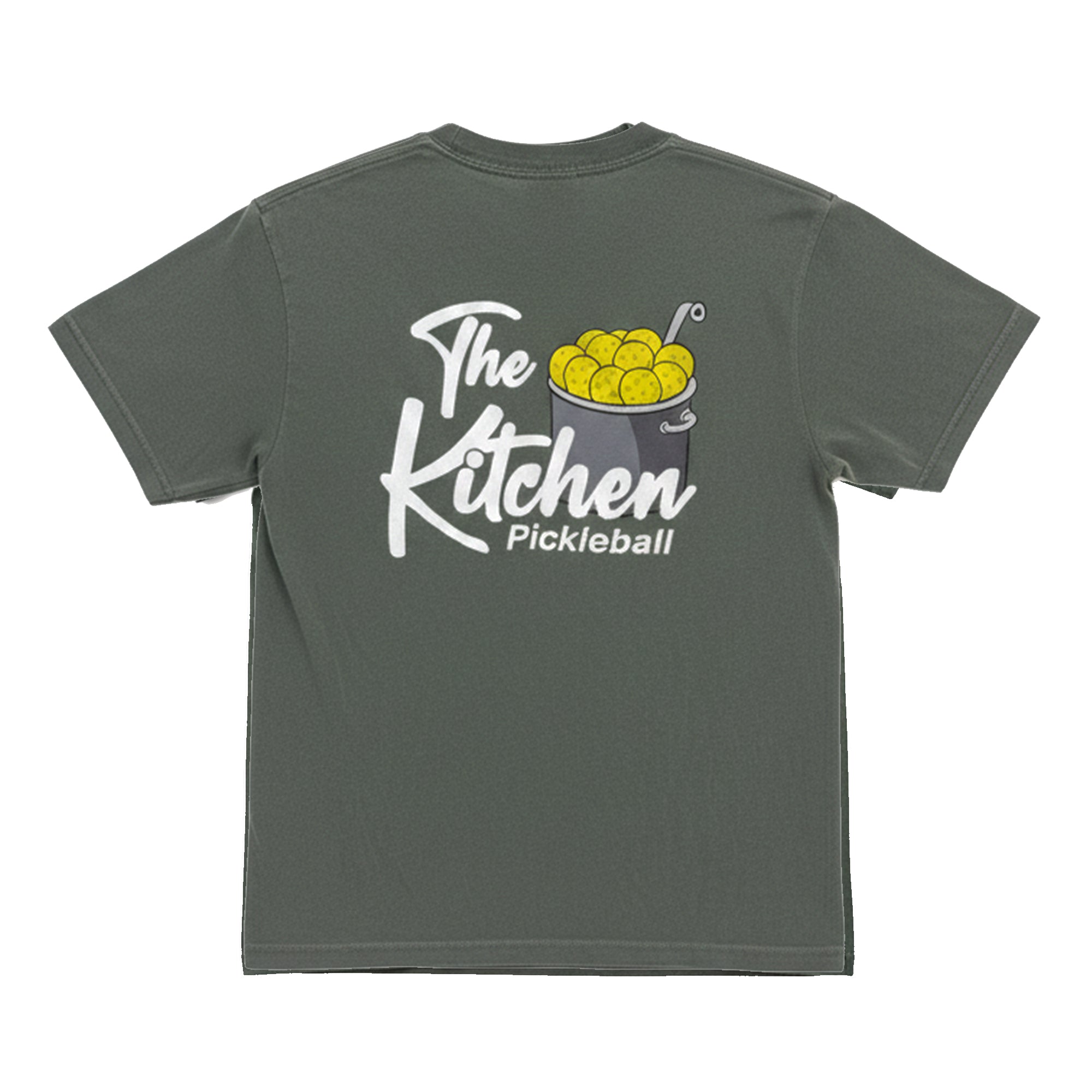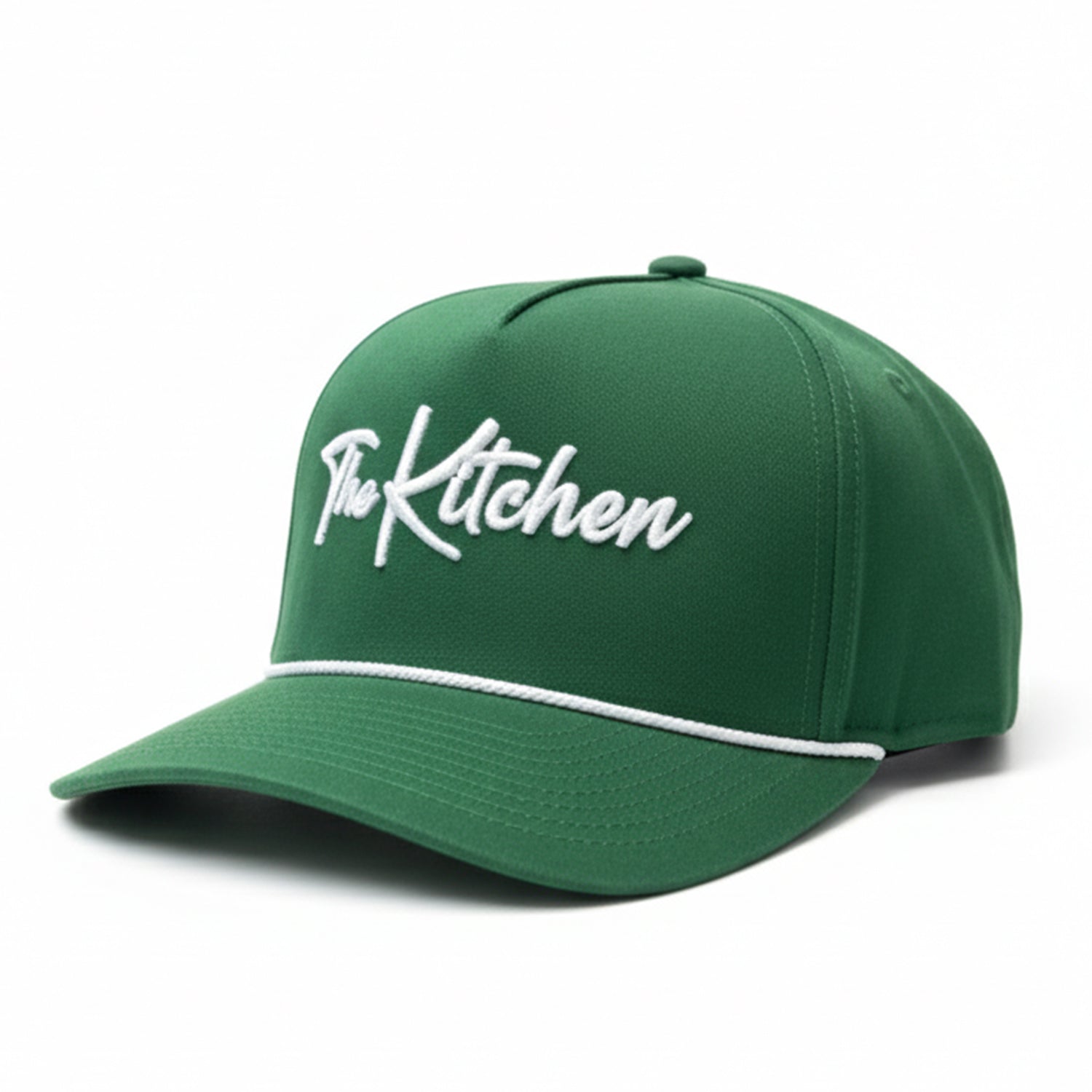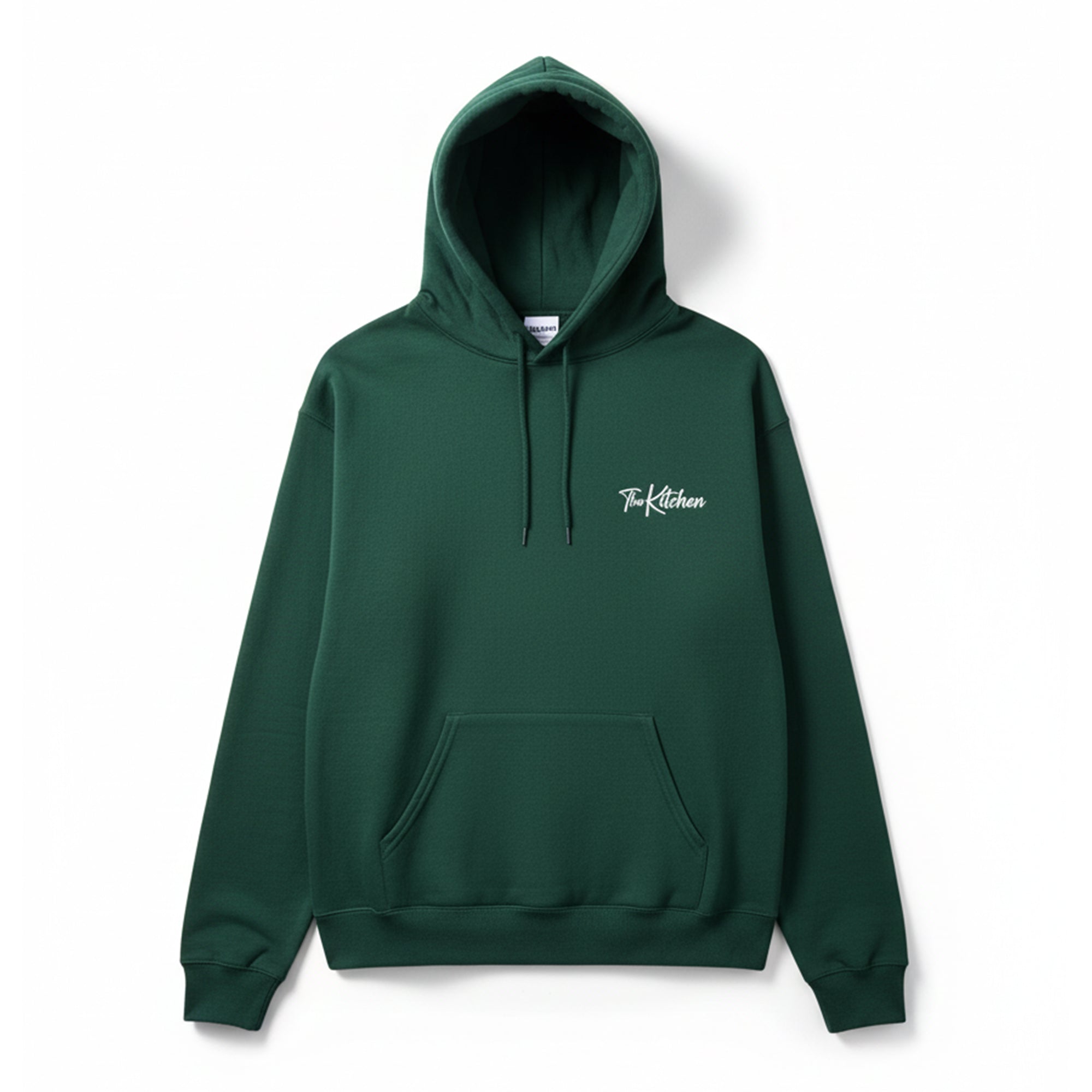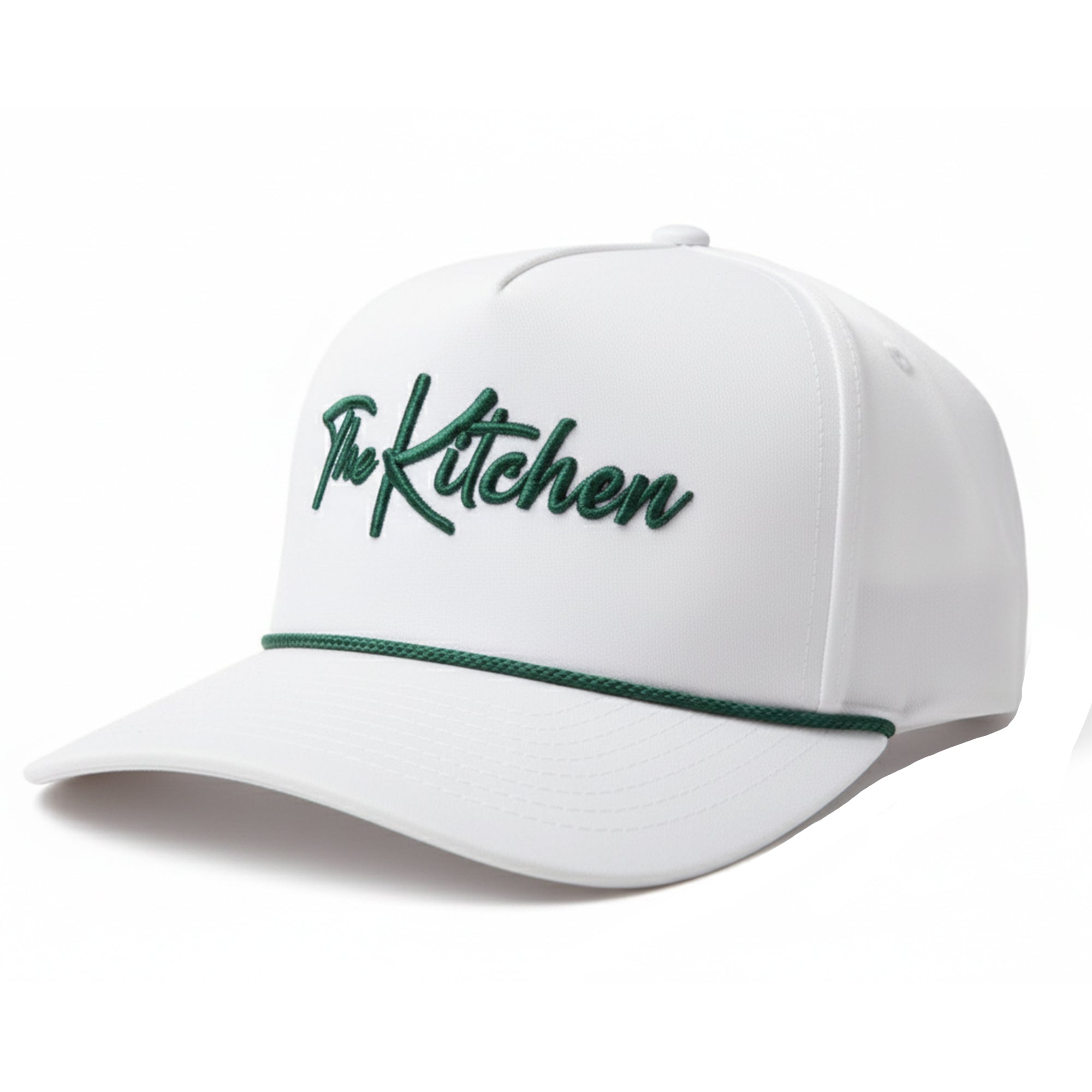Connor Garnett - PPA Gold Medalist, Home of the Twoey and former investment banker. Everything about Connor, twoey gear, and more found on his website.
Deciding Who Should Play Left vs. Right Side in Doubles Pickleball
Last Edited
Jan 20 2025
Category
Instruction
I loved to play the left side ("adv. side") in tennis due to my preferred twoey backhand shot. But the same advantages for left side players do not exist in pickleball.
Pickleball has nuances that lend different roles to different sides of the court.
The conventional strategy is that the left side player typically will take more of the court due to the fact that they have their forehand in the middle.
This allows them to be more aggressive and look to attack more often.
Meanwhile, the right-side player typically has clubby hands, meaning they counter speed ups well and hit them back hard.
The right side player in pickleball is typically steadier and plays a setup role to let the left side player take over.
When a left-handed person plays the right side, there is a bit more parity, due to the two forehands covering the middle.
The 'Who Plays What Side in Pickleball' Answer is Slowly Changing
Currently, you see many right-side pickleball players becoming a lot more aggressive in their play style, with strong backhand flicks, length to reach in the kitchen, and deceptive speed ups.
A player will typically be more comfortable either starting a firefight or countering, but not both.
Related: The Offensive Pickleball Drop Shot is Over-Hyped
This means those left side players can be more attackable at times when they aren’t initiating the firefight.
Gabe Tardio is a great example of aggressive right-side play, where he looks to attack that left side player with his out of the air flicks and off bounce attacks.
Take this point as an example:
It will be interesting to see how this trend continues to shape the strategy of players moving forward.
What Makes a Good Left Side Player vs. Right Side Player in Pickleball?
Let's say you and a partner are trying to decide who should play what side in your next game or tournament. Here are some key traits to look for.

The signs of a good left side player include:
- Being able to move an unattackable dink around
- Having good attacks and an ability to slide to cover the middle with their forehand
- Having a strong cross court dink is key; the slice dink is the staple, along with a forehand dink that can keep the right-side player from cheating over
- Flicks, off the bounce attacks, and misdirects are the key tools of offense; the more you can vary your attacks, the less rhythm for your opponent
Other shots including the drive and drop are important but not side specific.
Myself and other left side players have started to lean into a more aggressive backhand (TWOEY) dinks, allowing more pressure on that dink to set up easier next balls / easier shots to attack on.

The signs of a good right side player include:
- Having some offense
- A general aura of unattackability
- Clubby hands to punish bad attacks from the left side opponent
- An ability to move the dink around
Dylan Frazier, who is currently the #1 player, embodies these traits. He handles speed ups so well and is never overextended.
His partner JW has a solid forehand counter in the middle, too, allowing Dylan to cover his side with confidence.
For myself, sliding when someone speeds up is the most interesting aspect of this side.
When sliding, the right-side player can:
- slide hard to the backhand and allow your partner to cover middle
- scorpion the ball
- back up off the line to cover both sides
Usually, players have a mix of these 3 components. Being able to mix these, like we talked about with speed ups, keeps your opponent out of rhythm.
Overall, the game is shifting to a more aggressive right-side player. However, those fundamental skills of clubby hands and consistency are important and are becoming more prevalent on both sides.
The key in pickleball is rhythm. You need to be able to anticipate what shots are coming from your opponent and not allow them to feel comfortable when you are attacking.
When looking at this right-side vs. left side debate and deciding where you fit, I would ultimately ask yourself this:
- Are you and your partner's play styles in line with any of the attributes mentioned above?
- Where do you feel most comfortable attacking & defending from on the court?
